Title: The Timeless Elegance of Formalwear: A Historical Perspective
Formalwear has long been synonymous with elegance, sophistication, and timeless style. From the opulent attire of royalty to the tailored suits of modern professionals, the evolution of formalwear reflects the changing tastes, cultural norms, and societal trends throughout history.
In ancient civilizations, formal attire served as a symbol of status and authority. In ancient Egypt, elaborate garments adorned with jewels and precious metals distinguished pharaohs and nobility from the common people. Similarly, in ancient Rome and Greece, togas and tunics were worn by aristocrats and officials during ceremonial events and public gatherings, symbolizing power and prestige.
During the Middle Ages, the concept of formalwear evolved with the emergence of courtly fashion and the rise of European monarchies. Lavish fabrics such as silk, velvet, and brocade became synonymous with luxury and nobility. Men adorned themselves with doublets, breeches, and ruffled collars, while women wore elaborate gowns adorned with embroidery, lace, and intricate beadwork.
The Renaissance period ushered in a new era of artistic and cultural innovation, influencing fashion trends across Europe. The emergence of tailored garments and the concept of “dressing for the occasion” became increasingly prevalent among the elite class. Portraits of nobles and aristocrats from this period depict them adorned in sumptuous attire, reflecting their social status and refined tastes.
By the 18th and 19th centuries, formalwear had become more standardized and codified, with distinct attire for different social events and occasions. The emergence of the modern suit can be traced back to this period, with the frock coat and tailcoat becoming staples of men’s formal attire. Women, meanwhile, donned elaborate dresses with corsets, bustles, and voluminous skirts, epitomizing the ideals of femininity and grace.
The 20th century witnessed significant changes in formalwear, influenced by shifting social dynamics and cultural movements. The aftermath of World War I saw a departure from the ornate styles of the past, with a focus on simplicity, functionality, and practicality. The introduction of ready-to-wear clothing and mass production democratized fashion, making formal attire more accessible to a wider audience.
The mid-20th century marked the heyday of formalwear, with Hollywood celebrities and cultural icons setting trends and shaping popular perceptions of style. The iconic tuxedo, popularized by stars like James Bond and Cary Grant, became synonymous with sophistication and glamour. Women embraced sleek and elegant silhouettes, with designers like Christian Dior and Coco Chanel redefining femininity through their innovative designs.
In the contemporary era, formalwear continues to evolve, reflecting the diverse and eclectic tastes of modern society. While traditional attire such as tuxedos and evening gowns remain popular for formal events and ceremonies, there has been a growing emphasis on individuality and self-expression in fashion. Designers experiment with unconventional fabrics, cuts, and silhouettes, blurring the lines between formal and casual attire.
Despite these changes, the timeless elegance of formalwear endures, transcending cultural boundaries and generations. Whether attending a black-tie gala or a prestigious award ceremony, formal attire serves as a symbol of respect, dignity, and reverence for tradition. As fashion continues to evolve, one thing remains certain: the allure of formalwear will always hold a special place in the annals of sartorial history, embodying the epitome of refinement and sophistication.

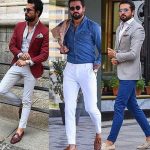

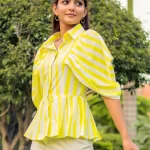
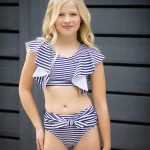









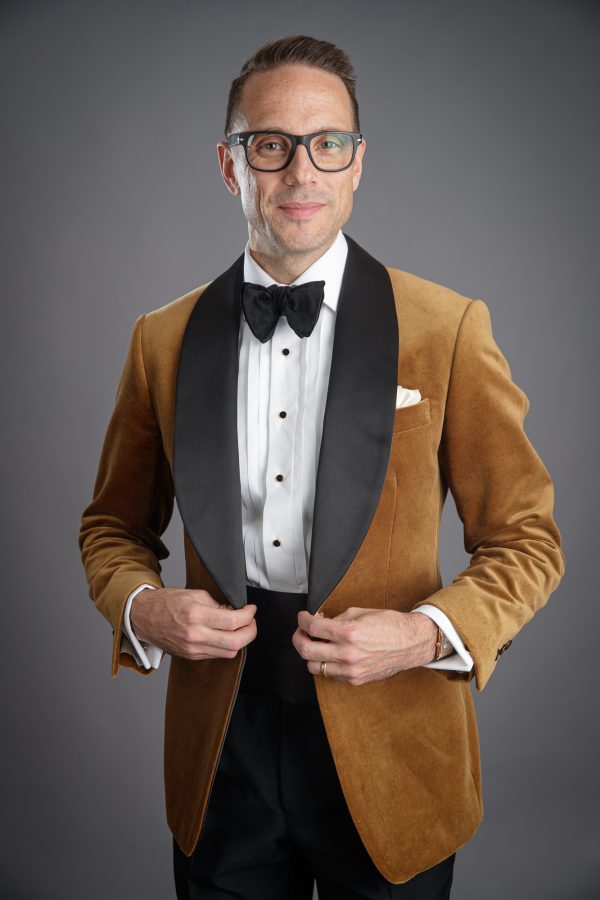
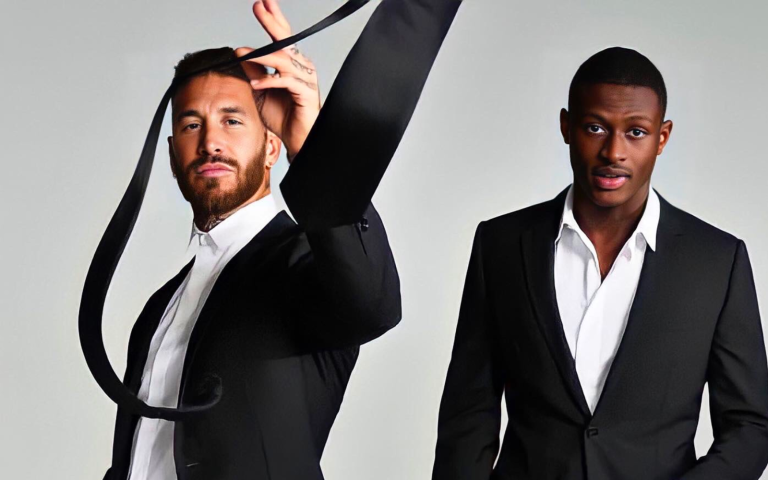



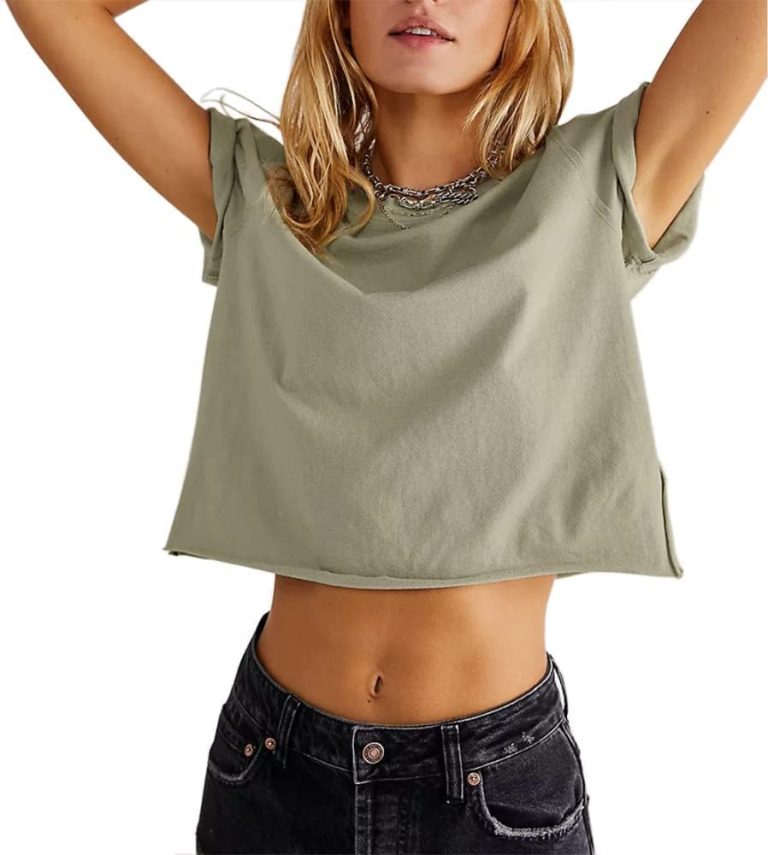


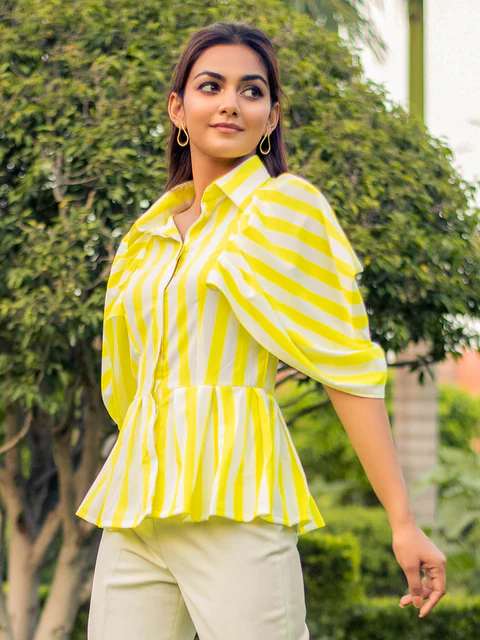

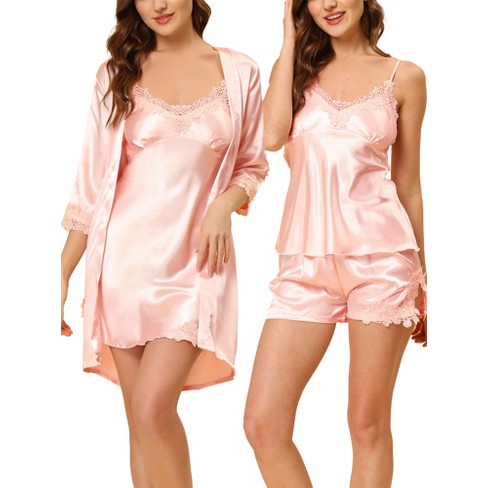


+ There are no comments
Add yours